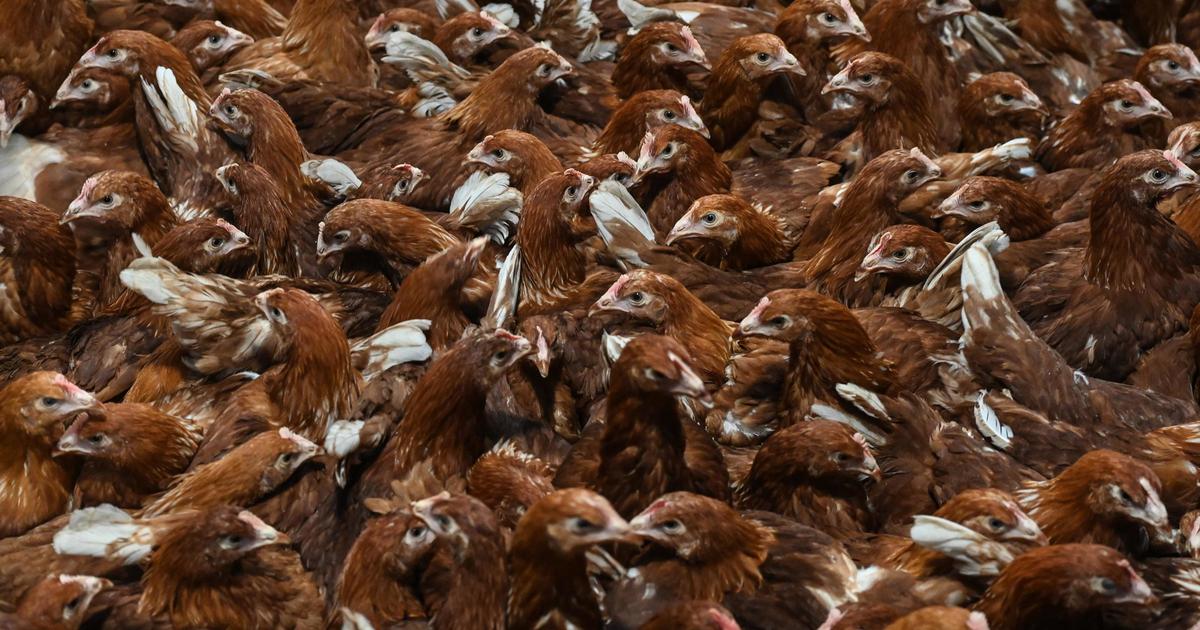The World Health Organization (WHO) expressed
"tremendous concern"
on Thursday over the increasing spread of the H5N1 strain of avian flu to new species, including humans.
Although the passage of avian influenza to mammals remains rare, the list of species likely to be infected has grown over the past two years, linked to the explosion of cases in wild birds. H5N1 has been detected in felines (cats or tigers in zoos), foxes, martens, bears and even marine mammals – seals and leopards and, more recently, cows on farms in the United States. .
“
Contamination generally occurs in these carnivorous animals when they eat a sick bird ,
”
Jean-Luc Guérin, professor of avian pathology at the National Veterinary School of Toulouse, told Le Figaro.
To date, no cases of human-to-human transmission have been reported. It is possible to become infected through contact with dead or living animals, although this remains rare. Between the start of 2023 and April 1, 2024, the WHO recorded a total of 889 human cases of avian flu in 23 countries, including 463 deaths, bringing the case fatality rate to 52%.
These cases of contamination from animals to humans are, however, not surprising, according to the WHO.
“Whenever avian influenza viruses circulate in birds, there is a risk of sporadic infections in mammals and humans due to exposure to infected animals (including livestock) or contaminated environments . Therefore, other human cases are not unexpected
,” the Organization writes in a report.
Since December 2023, five people having contracted the virus through contact with sick chickens have, for example, been reported in Cambodia. One of them, a 10-year-old child, died. Most recently, in early April, US authorities said a farm worker in Texas had tested positive for bird flu after coming into contact with dairy cows. The patient had developed conjunctiva as the only symptom. He was isolated and treated with an antiviral drug used for the flu and none of his relatives became infected.
Low risk for the population
On Thursday, Jeremy Farrar, chief scientist of the WHO, expressed his concern about the capacity of this virus with
“extraordinarily high mortality rate”
to adapt to be transmitted from person to person. However, the UN agency was more reassuring in a recent report.
“Given that the virus has not acquired mutations that facilitate transmission between humans and, based on available information, WHO considers that the public health risk posed by this virus to the general population is low
, ”
wrote its experts. What
Jean-Luc Guérin, professor of avian pathology at the National Veterinary School of Toulouse, recently confirmed to Le
Figaro :
“
At this stage, the H5N1 belonging to this genetic group are very poorly adapted to humans and the risk of transmission is minor”.
For workers in contact with animals, the individual risk is logically higher.
Currently, there is no vaccine to prevent infection by avian flu viruses. As for the vaccines already available against seasonal flu, they are ineffective against them. In contrast, genetic sequencing suggests that avian viruses are likely to be sensitive to existing antiviral treatments.

